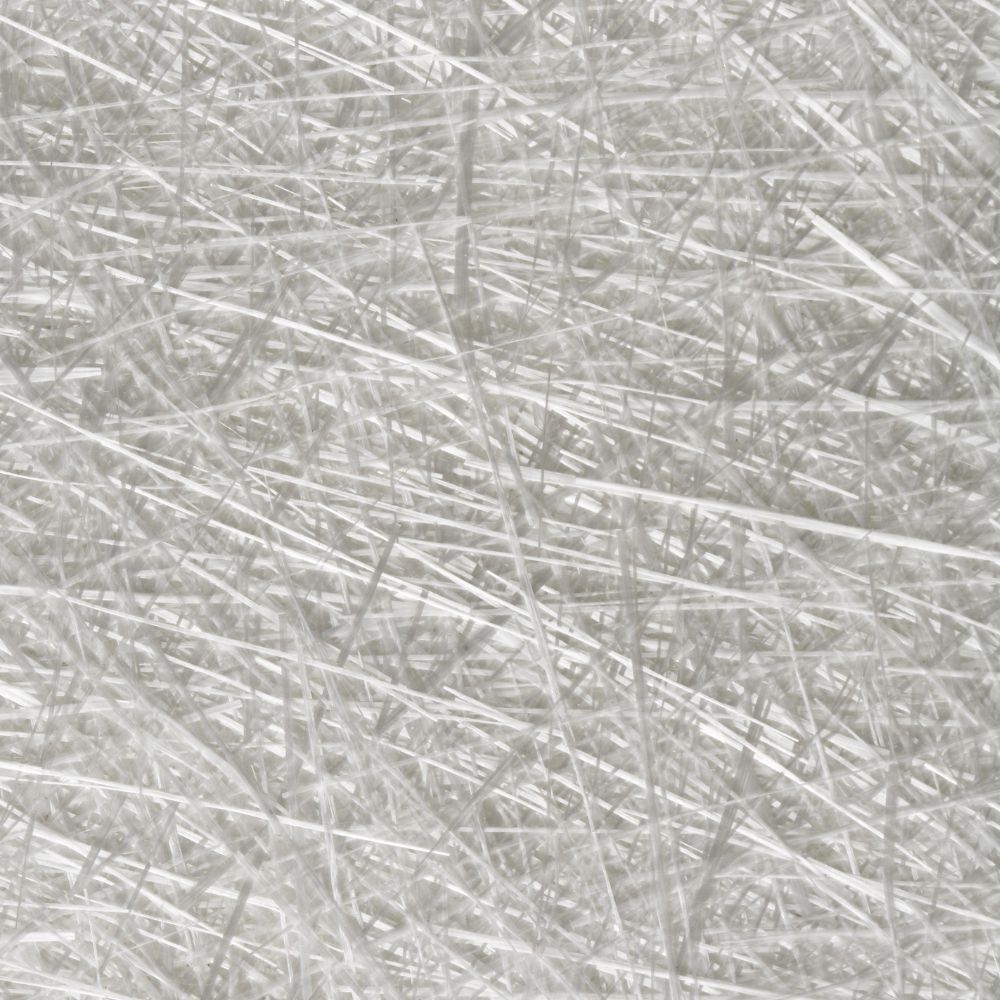Given recent worries about the hazards of fiberglass in mattresses, we decided to do our own research to find out about people’s knowledge of the topic. We surveyed American consumers and asked their opinions on the safety of fiberglass in mattresses.
Methodology
We surveyed 2,551 people in the U.S. about their type of mattress and their knowledge of fiberglass. We also spoke to experts, Shayne McMahon, Director of Partnerships at Saatva, and 3Z Brands CEO John Merwin. Additionally, we looked at research on fiberglass, including health risks and its use in mattresses.

Key Findings
- 69% of consumers don’t know if their mattress contains fiberglass
- 56% of consumers think fiberglass in a mattress is unsafe
- Majority of fiberglass was reported in memory foam mattresses
We also asked leading industry experts who do not use fiberglass in their mattresses for their take on this topic. Shayne McMahon, Director of Partnerships at Saatva, and 3Z Brands CEO John Merwin both had commentary on the safety of this material in mattresses.



Fiberglass is most common in cheap mattresses
Fiberglass is most commonly found in foam mattresses and mattress covers.1
Our survey found that 56% of respondents who had reported fiberglass in their mattress owned a memory foam bed.
Additionally, 59% of consumers who owned a memory foam bed did not believe fiberglass inside it was safe.
Find out more: Everything You Need to Know About Fiberglass in Mattresses
Majority of people think it’s unsafe
56% of consumers reported that they believe fiberglass in mattresses is not safe, while 35% were unsure.
Only 9% of consumers thought fiberglass in a mattress was safe. Interestingly, one fourth of these consumers told us their mattress does not contain fiberglass.
Majority of consumers don’t know if their mattress contains fiberglass
69% of consumers don’t know if their mattress contains fiberglass.
Not knowing if your mattress contains fiberglass can be a potential hazard for your household because exposure to fiberglass can lead to both short and long-term complications like rashes, blisters, itching, bronchitis, lung inflammation, and pulmonary fibrosis.1
If you’re unsure about fiberglass in your mattress, try these tips:
- Check the label. The mattress label can provide clues as to whether or not it contains fiberglass. Look for terms like “fiberglass,” “glass fiber,” or “glass wool.”
- See where it was made. Mattresses made in the United States are less likely to contain fiberglass as opposed to those made in other countries, such as China.
- What was the price? Fiberglass is less expensive to produce, which is why many low-cost bed manufacturers may use it. If you’re purchasing a very cheap mattress, there’s a higher chance of it containing fiberglass. While there’s no definitive price point, generally, Queen-sized beds costing below 600 dollars are likely to fit this description.
- Ask the company directly. If you’re still unsure, you can reach out to the company via their customer support line or through their online chat system.

Expert Insights
–3Z Brands CEO John Merwin
“If you suspect your mattress has fiberglass, encasing the mattress is the best way to contain the fiberglass particles and prevent them from dispersing in the air.”
When moving your mattress, “be sure to handle it with care and take precautions to avoid the fiberglass particles becoming airborne. Avoid excessive bending or folding of the mattress as that is one way fiberglass particles can be released into the air. Wear gloves and a mask to protect yourself in case of airborne particles.”
“It’s definitely a risk, and as with any material, it’s important to do your research and make an informed decision about whether or not you’re comfortable having that material in your bedding and in your home.”
-Shayne McMahon, Director of Partnerships at Saatva
“The fiberglass layer is usually found underneath the outer cover of a mattress. It typically wraps around the entire inner part of the mattress… If a manufacturer says you shouldn’t remove the cover, then that could be a sign there’s fiberglass underneath and you should not remove the cover.”
“Over time, fiberglass flame barriers degrade, and fiberglass particles can seep through the cover of the mattress, which can lead to skin, eye, and even lung irritation, and potentially worse long-term effects.”
“As long as the fiberglass stays inside the mattress, it should be safe.”
Learn more: Best Mattresses Without Fiberglass
Dr. Raj on What You Should Know About Fiberglass in Mattresses

Fair Use Statement
If you would like to reference any of the data from this survey, please include a link to this article and credit SleepAdvisor.org.

Natalie Grigson
Writer
About Author
Natalie is a content writer for Sleep Advisor with a deep passion for all things health and a fascination with the mysterious activity that is sleep. Outside of writing about sleep, she is a bestselling author, improviser, and creative writing teacher based out of Austin.
Side Sleeper
References:
- “Fiberglass”. Washington State Department of Health. Webpage accessed May 25, 2024.
